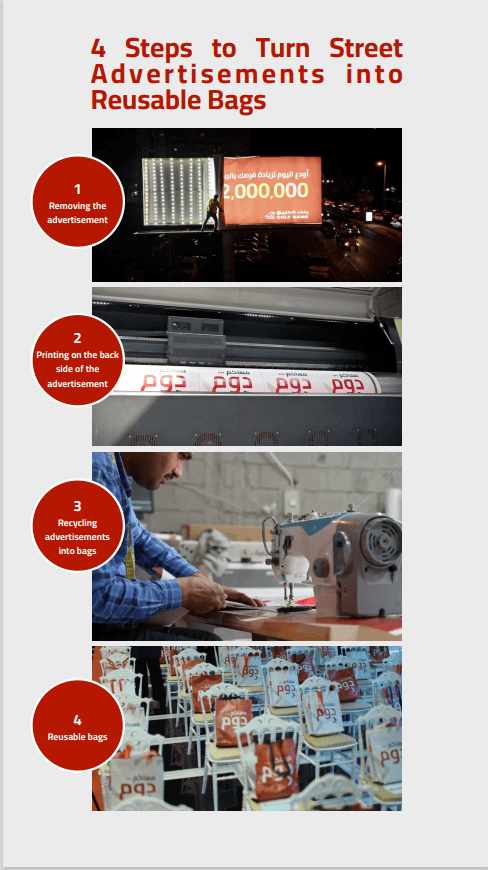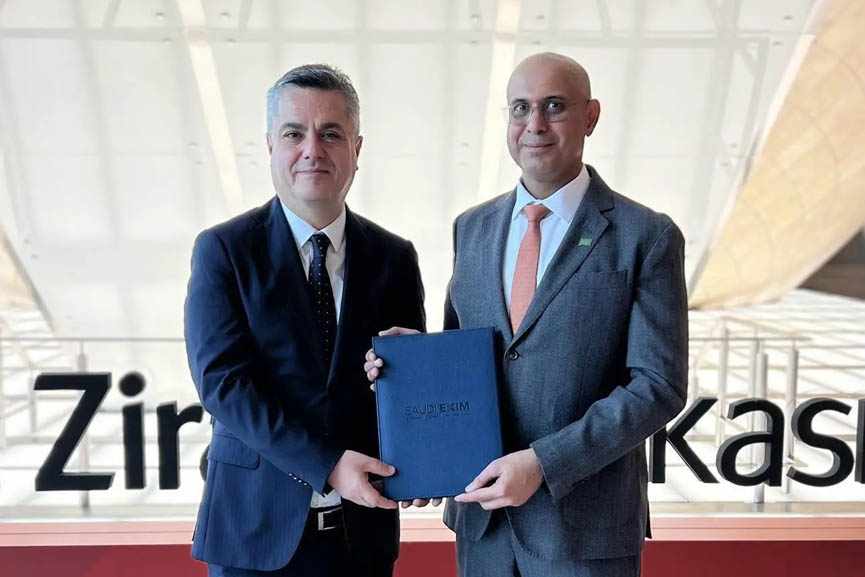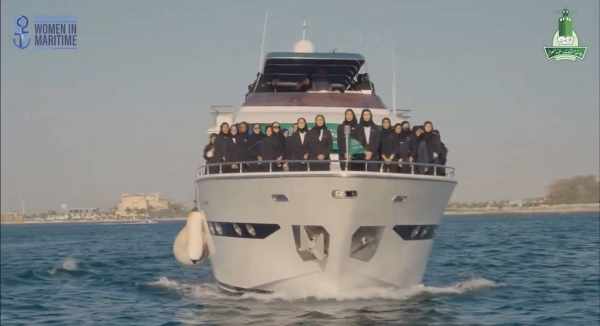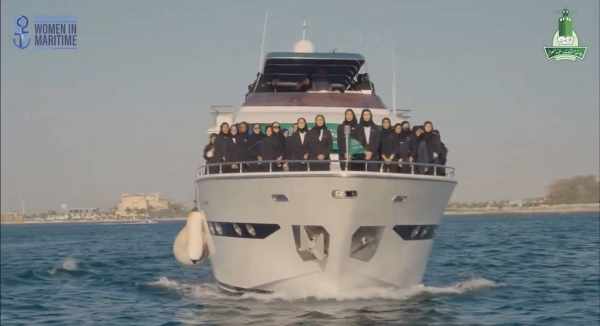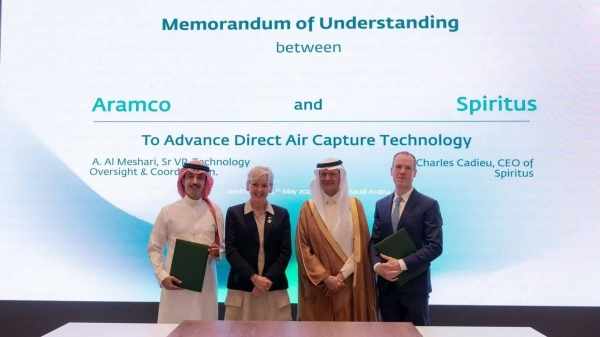Water Scarcity in Middle East and North Africa (MENA) Requires Bold Actions, Says World Bank Report
- Date: 27-Apr-2023
- Source: Zawya
- Sector:Financial Services
- Country:Saudi Arabia
Water Scarcity in Middle East and North Africa (MENA) Requires Bold Actions, Says World Bank Report
People across the Middle East and North Africa face unprecedented water scarcity, says a new World Bank report, which proposes a series of resource management and institutional reforms to ease water stress in the region.
The report, titled The Economics of Water Scarcity in MENA: Institutional Solutions, notes that by the end of this decade, the amount of water available per capita annually will fall below the absolute water scarcity threshold of 500 cubic meters per person, per year. It also estimates that by 2050, an additional 25 billion cubic meters of water a year will be needed to meet the region’s needs. That is equivalent to building 65 desalination plants the size of Ras Al Khair plant in Saudi Arabia, which is currently the largest in the world.
Institutions that currently manage the allocation of water across competing needs – particularly between agriculture and cities – are often highly centralized and technocratic. This limits their ability to resolve tradeoffs in water use at the local level. The report argues that devolving greater powers over water allocation decisions to locally representative governments, within a national water strategy, could lend legitimacy to difficult trade-offs in the use of water compared to top-down directives



